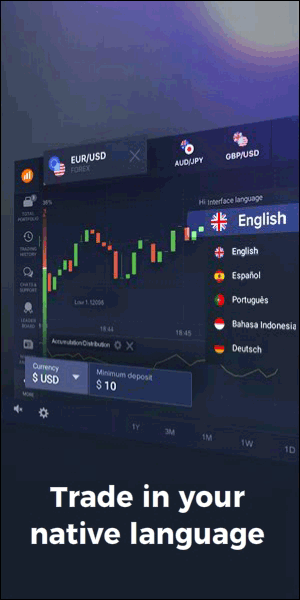Mastering Trading with Volume and Price Action Indicators
The realm of trading offers various tools to make informed decisions. Among these tools, Volume and Price Action indicators stand out as crucial components for analyzing market dynamics. Proper utilization of these indicators allows traders to navigate through the intricate market landscape with increased confidence and precision. This article will delve deep into using Volume and Price Action indicators efficiently, illustrating their practical applications and providing insightful strategies for both novice and experienced traders.
Understanding Volume Indicator
The Volume Indicator is an essential tool that displays the total number of shares or contracts traded within a specified timeframe. It serves as a measure of the market’s activity and liquidity, helping traders to understand the strength behind price movements.
Importance of Volume Indicator
- Confirmation of Trend: Volume can confirm the strength of a price trend. For instance, in an uptrend, increasing volume suggests strong buyer interest and support for the rising prices.
- Spotting Reversals: An unexpected spike in volume may indicate an impending reversal. This scenario often occurs when there’s a sudden influx of selling in an uptrend or buying during a downtrend.
- Identifying Accumulation and Distribution: Volume analysis helps in recognizing periods of accumulation (buying) and distribution (selling), crucial for understanding the market’s directional bias.
Strategies for Volume Indicator
Here are key strategies for deploying the Volume Indicator effectively:
- Volume Price Trend (VPT) Indicator: VPT multiplies the volume by the percentage change in closing price, helping traders to discern the proportional change in volume related to price fluctuations.
- On Balance Volume (OBV): OBV adds or subtracts each day’s volume from a cumulative total, providing insights into the force pushing prices up or down.
Understanding Price Action Indicator
Price Action trading entails studying historical prices to formulate technical trading strategies. Price Action analysis can be used on its own or in conjunction with other trading indicators.
Importance of Price Action
- Understanding Market Sentiment: Price action reflects the market sentiment, helping traders gauge the balance between buyers and sellers, which influences price movements.
- Recognizing Trend Strength: Through observing price patterns, traders can identify the strength and direction of trends, aiding in making informed trading decisions.
- Identifying Support and Resistance: Price Action indicators assist in spotting levels where the price is likely to bounce or break, providing crucial information for entry and exit points.
Strategies for Price Action Indicator
Below are strategies for implementing Price Action indicators optimally:
- Candlestick Patterns: These are formations created by the price movements on the chart. Recognizable patterns like ‘Hammer’ or ‘Doji’ provide insights into the market’s psychological dynamics.
- Support and Resistance Trading: Understanding the levels at which prices face pushback allows for strategic planning of entries and exits, minimizing risks and maximizing profits.
Combining Volume and Price Action Indicators
Integrating both Volume and Price Action indicators provides a comprehensive view of market dynamics. This combination offers a robust framework for making educated trading decisions, as they mutually reinforce the insights provided by each tool.
Why Combine?
- Enhanced Trend Confirmation: While Price Action reveals the direction of the market, Volume indicates the strength of this movement, providing a more accurate confirmation of trends.
- Improved Entry and Exit Points: The synergy between Volume and Price Action aids in identifying optimal entry and exit points, fostering efficient trading strategies that align with market behavior.
Combination Strategies
- Volume and Price Confirmation: When volume increases as the price moves with the trend, it is a sign of trend strength. Conversely, declining volume during a counter-trend move signals weakening opposition.
- Volume Spread Analysis (VSA): VSA examines the relationship between price movement and volume, helping traders understand the supply and demand within the market, thereby predicting future price movements accurately.
Conclusion: Unlocking Trading Mastery
Volume and Price Action indicators are indispensable tools for traders seeking to navigate the financial markets adeptly. When used individually, these indicators offer valuable insights into market trends and strength. However, their true power is unleashed when combined, providing a holistic view of market dynamics and facilitating the formulation of potent trading strategies. By mastering the use of Volume and Price Action indicators, traders can significantly enhance their market analysis acumen, making informed decisions that are aligned with the market’s ebbs and flows.







